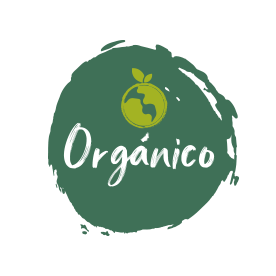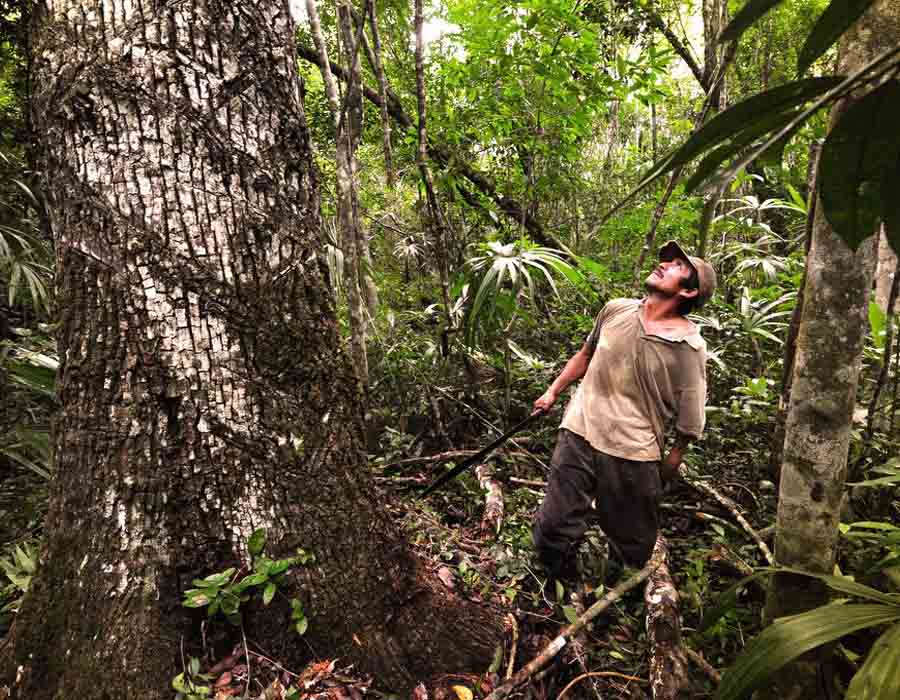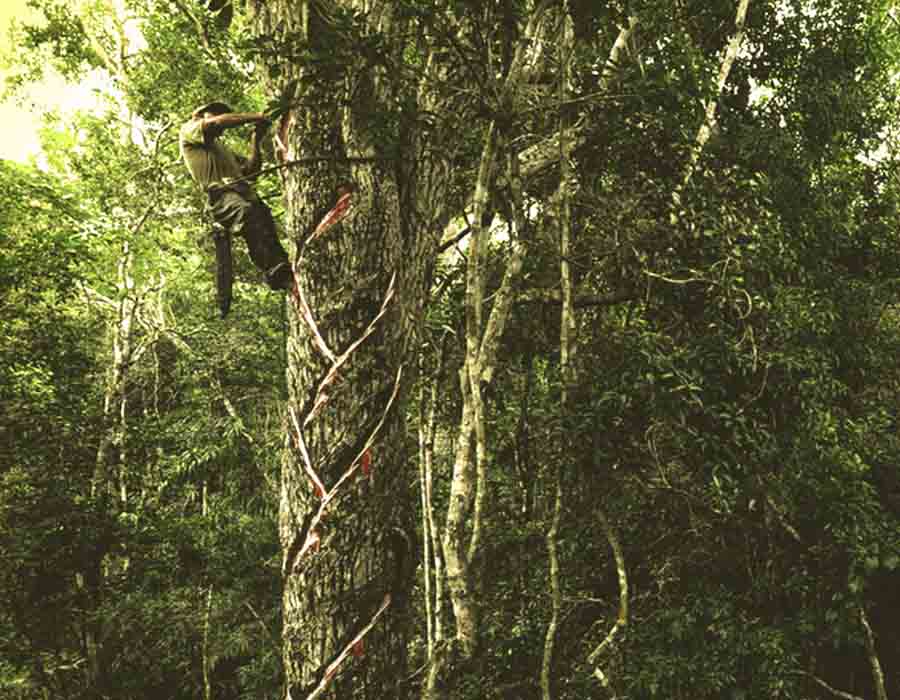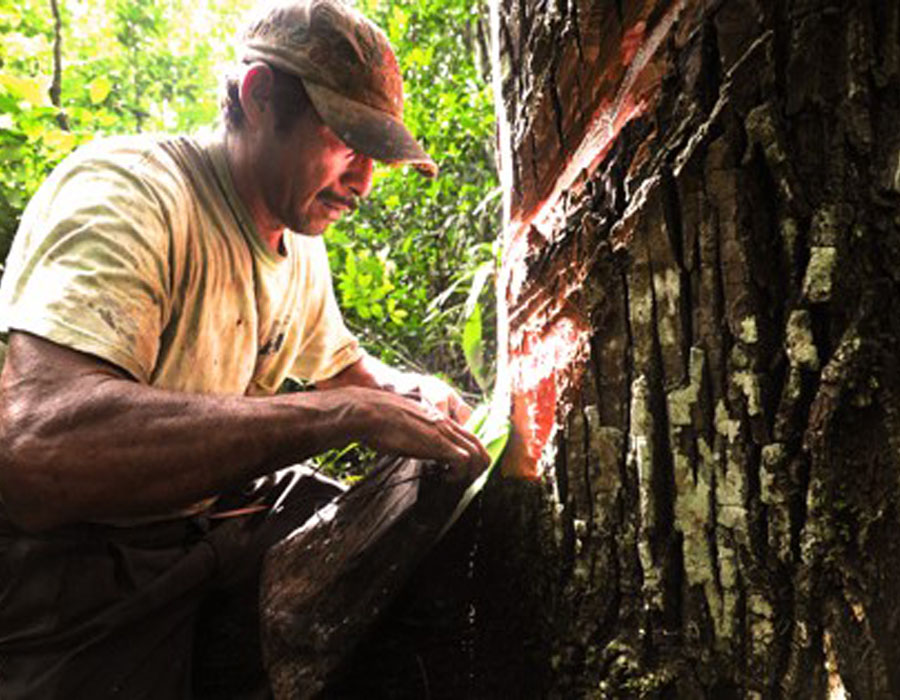You will love them, they are unique, organic and completely biodegradable, try them now! 🌳





The chiclero approaches the sapodilla tree, takes a good look at it, studies it, touches it, and cuts the bark a bit before making a decision. He chooses the ideal tree and begins to climb with great skill using nothing but his body and a pair of simple tools. From below, he makes zigzag “V” shaped cuts on the bark, the white latex sap, that will become the gum, will slide down through them.


He climbs higher and higher, hugging the tree that will provide him with his livelihood. His skill is fascinating, the work is hard and often dangerous, but he learned the job from a young age by observing his experienced parents and grandparents. The chicle harvest takes place during the rainy season, when the trees are well hydrated and the ever biting mosquitos thrive.
From the base of the trunk, which can be more than a meter in diameter, they make the zigzag-shaped incisions that help them to continue climbing on the bark of trees that can reach 30 meters in height. They carry a rope tied around the waist which they use to surround the trunk, while they climb. Also, they support their own weight on the hooks of their rubber boots in the new cuts.
The latex drains drop by drop through these “V” cuts until it fills in the bags of henequén that were previously tied at the base of the tree and have been sealed with beeswax. Once "juiced", the tree is left to "rest" for a period of at least five years.
